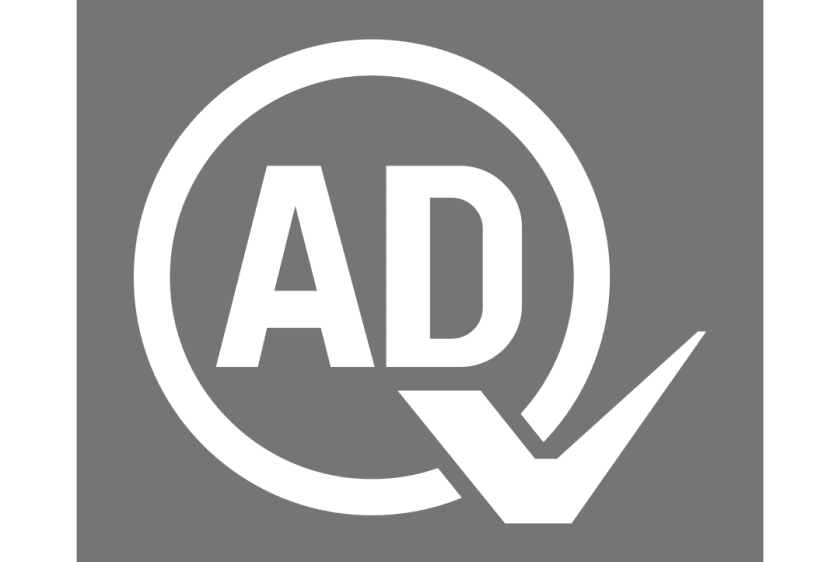The Mode 1 EV charging cable is one of the simplest and most basic charging solutions for electric vehicles (EVs).
It connects an EV directly to a standard household AC outlet (usually 120V or 230V) without any intermediate control or communication between the vehicle and the power source.
While newer charging modes like Mode 2, Mode 3, and Mode 4 offer faster and more advanced charging, Mode 1 remains a cost-effective solution for occasional charging, especially in regions with limited charging infrastructure.
Understanding EV Charging Modes: Mode 1 vs. Mode 2 vs. Mode 3 vs. Mode 4
Before diving deeper into Mode 1 EV charging cables, it’s essential to understand the different EV charging modes:
- Mode 1 EV Charging Cable: Basic charging via a standard socket, no safety protocols.
- Mode 2 Charging Cable: Includes an in-cable control box for safety (common for home charging).
- Mode 3 EV Charger: Uses a dedicated charging station with advanced communication (Type 2 connector).
- Mode 4 Charging Cable: DC fast charging (CCS, CHAdeMO, Tesla Supercharger).
Each mode varies in speed, safety features, and compatibility.
How Does a Mode 1 EV Charging Cable Work?
A Mode 1 EV charging cable works by:
- Plugging directly into a standard AC wall outlet (120V/230V).
- Delivering power without communication between the EV and grid.
- Offering slow charging (typically 3-5 miles of range per hour).
Since it lacks advanced safety mechanisms, some countries restrict its use for public charging.
Advantages of Mode 1 EV Charging Cables
✅ Affordable: Cheaper than Mode 2 and Mode 3 charging cables.
✅ Portable: No need for a dedicated charger.
✅ Easy to Use: Plug-and-play with standard outlets.
✅ Emergency Charging: Useful when no other option is available.
Limitations of Mode 1 Charging
❌ Slow Charging Speed: Only suitable for overnight charging.
❌ No Safety Protocols: No ground fault or overcurrent protection.
❌ Not Widely Supported: Banned in some countries due to safety risks.
Mode 1 EV Charging Cable Installation Guide
Installing a Mode 1 EV charging cable is straightforward:
- Check local regulations (some regions prohibit Mode 1).
- Use a grounded outlet to reduce risks.
- Avoid extension cords to prevent overheating.
- Monitor charging to prevent overloading circuits.
For safer alternatives, consider Mode 2 charging cables with built-in protection.
Safety Considerations for Mode 1 Charging
⚠️ Risks of Mode 1 Charging:
- Overheating due to prolonged use.
- No automatic shutoff in case of faults.
- Fire hazards if used with poor-quality outlets.
Best Practices:
✔ Use only with well-maintained electrical systems.
✔ Avoid charging in wet conditions.
✔ Upgrade to Mode 2 or Mode 3 for better safety.
Mode 1 vs. Mode 2 Charging Cable: Key Differences
| Feature | Mode 1 EV Charging Cable | Mode 2 Charging Cable |
|---|---|---|
| Safety | No protection | In-cable control box |
| Speed | Slow (2-3 kW) | Slightly faster (3.7 kW) |
| Regulations | Banned in some areas | Widely accepted |
For daily charging, Mode 2 is a safer choice.
Mode 3 EV Charger vs. Mode 1: Which is Better?
- Mode 3 EV chargers (Type 2 connectors) offer faster charging (7-22 kW) and smart features.
- Mode 1 is only for emergencies due to its lack of safety mechanisms.
For home charging, Mode 3 is the best long-term solution.
What is a Mode 4 charging cable?
Mode 4 charging cables support DC fast charging (50-350 kW), ideal for long trips. Unlike Mode 1, they require specialized stations (CCS, CHAdeMO).
Choosing the Right Mode 1 EV Charging Cable
When buying a Mode 1 EV charging cable, consider:
🔹 Cable Length (3m to 10m for flexibility).
🔹 Amperage (8A-16A for compatibility).
🔹 Durability (weather-resistant coatings).
For most users, upgrading to Mode 2 or Mode 3 is recommended.
Future of EV Charging: Will Mode 1 Still Be Relevant in 2025?
While Mode 1 EV charging cables are fading in developed markets, they remain useful in:
- Emerging EV markets with limited infrastructure.
- Emergency charging situations.
However, Mode 2 and Mode 3 are becoming the standard for safety and efficiency.
Frequently Asked Questions (FAQs)
Q1: Where can I buy a Mode 1 EV charging cable?
A: They are available online (Amazon, EV specialty stores) but check local regulations first.
Q2: Can I use a Mode 1 cable with any EV?
A: Most EVs support it, but newer models may restrict its use.
Q3: Is Mode 1 charging safe?
A: It’s the least safe option—consider Mode 2 or Mode 3 for regular use.
Conclusion
The Mode 1 EV charging cable is a simple, low-cost solution but lacks safety and speed compared to Mode 2 and Mode 3 charging cables.
While it may still have niche uses in 2025, most EV owners should consider upgrading to a safer, faster charging option.
Need a safer and faster EV charging solution?
🔌 Upgrade to a Mode 2 or Mode 3 charger today!
📞 Contact Us Now for expert advice on the best EV charging cables for your needs.




